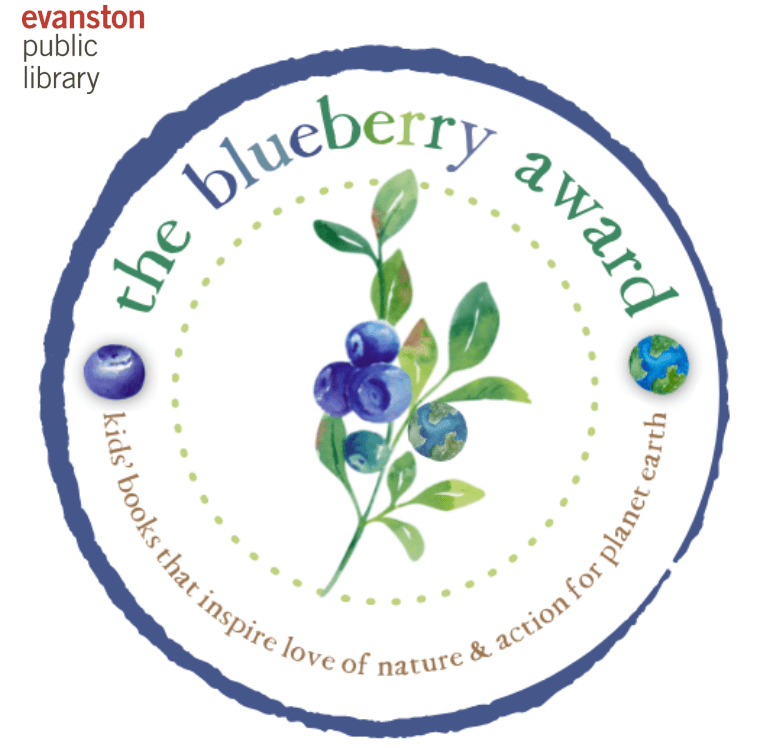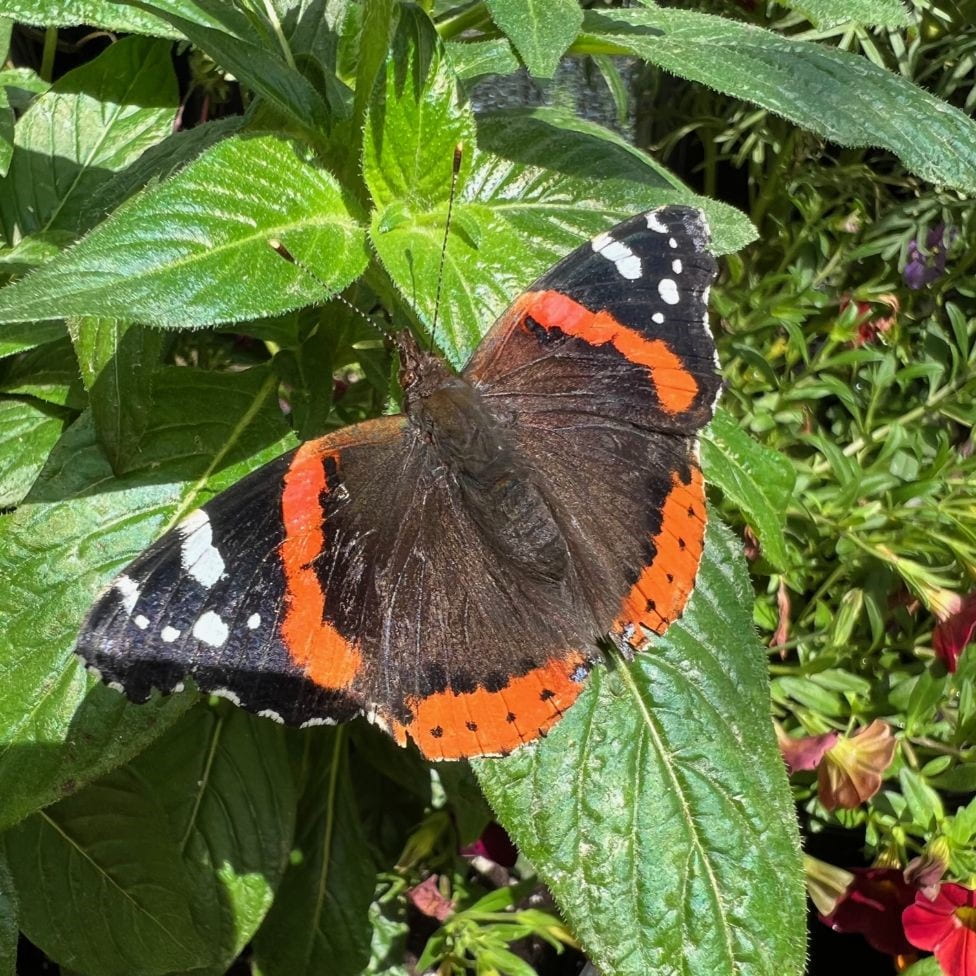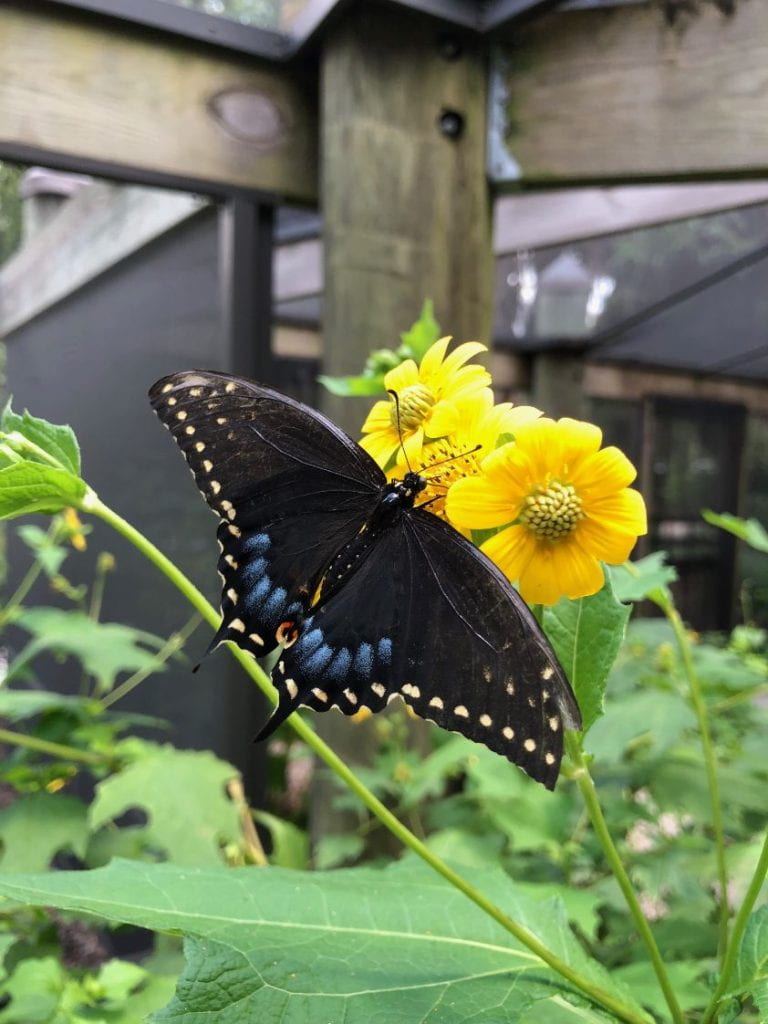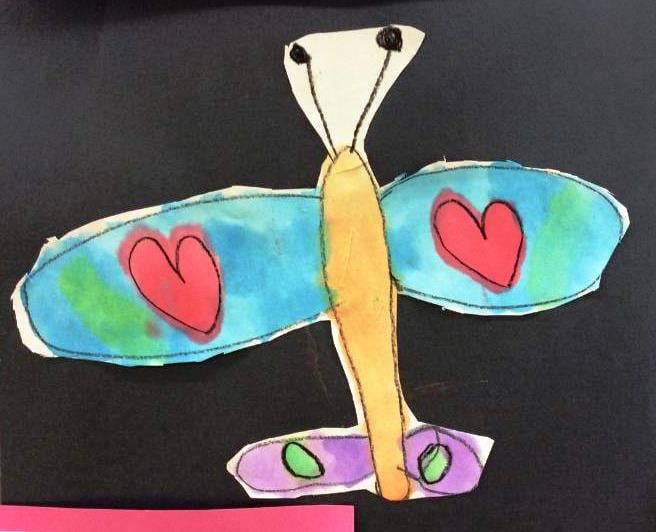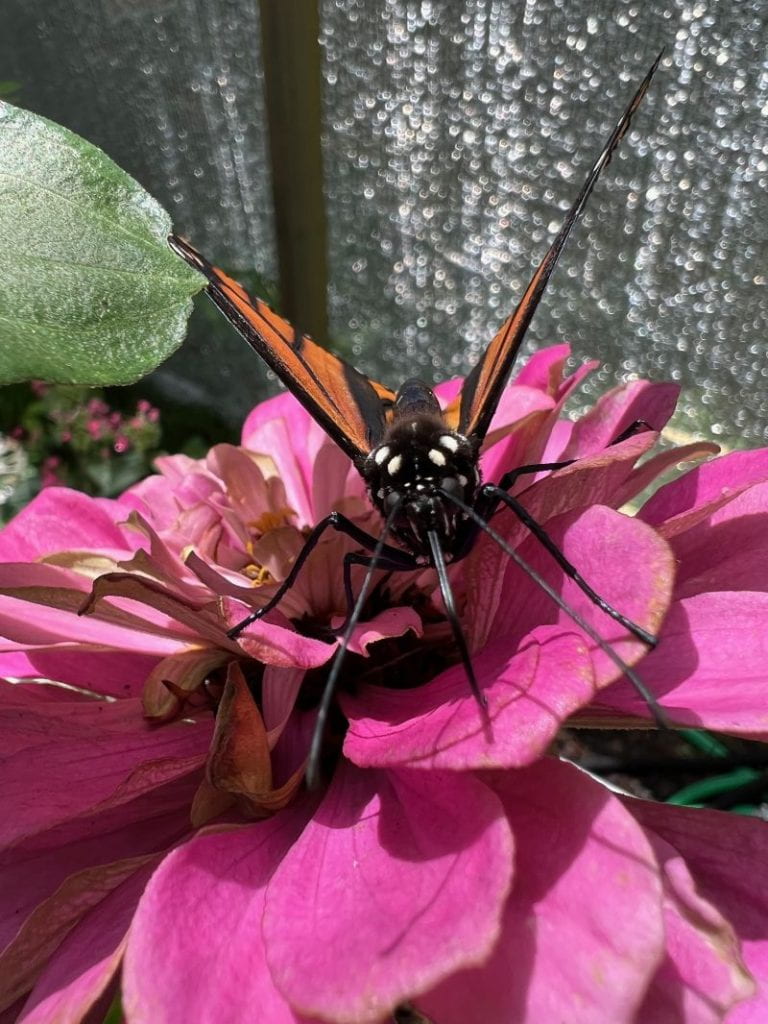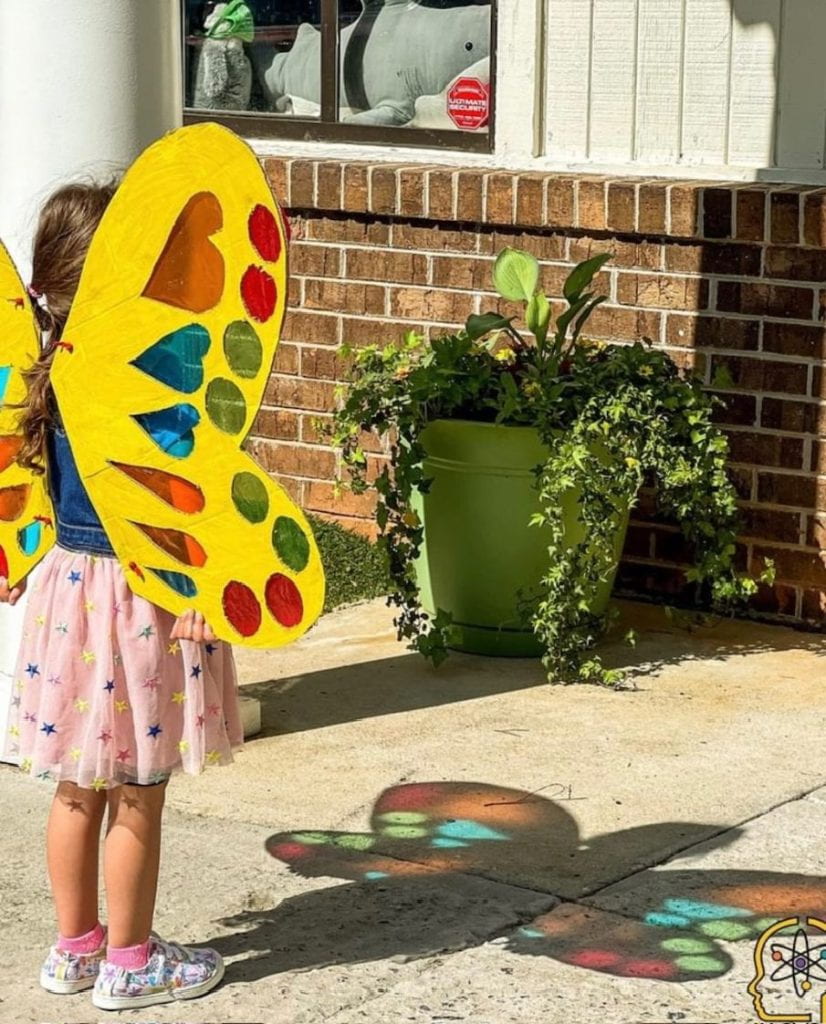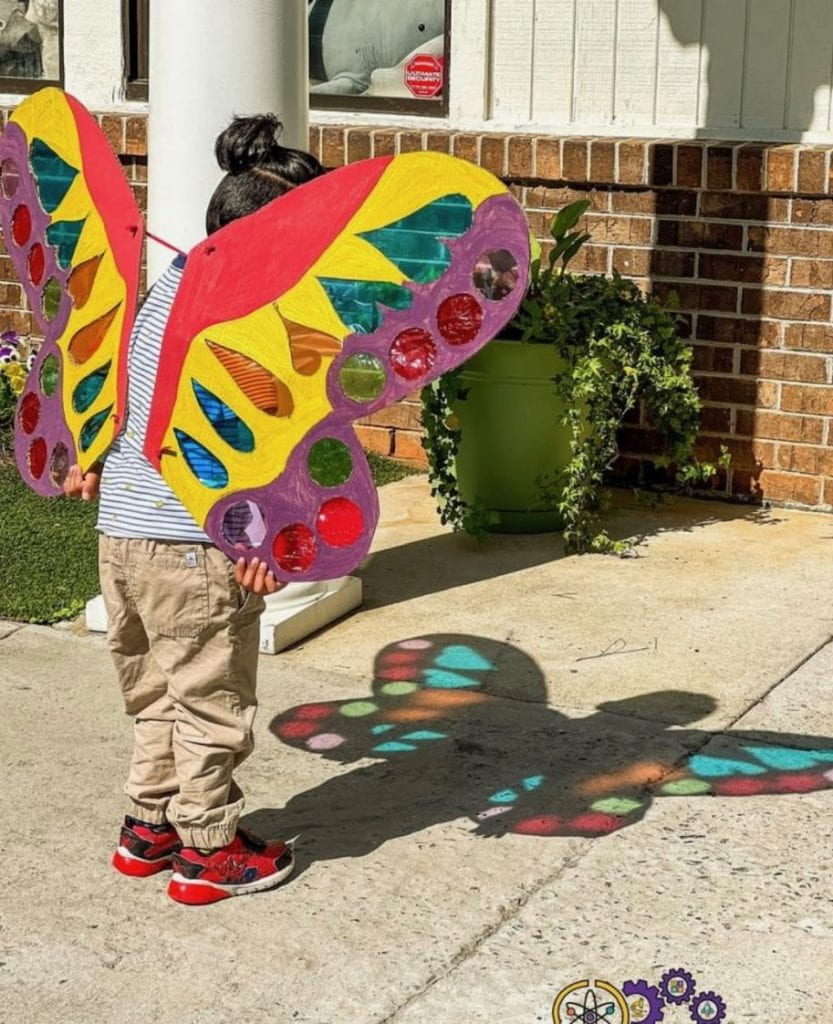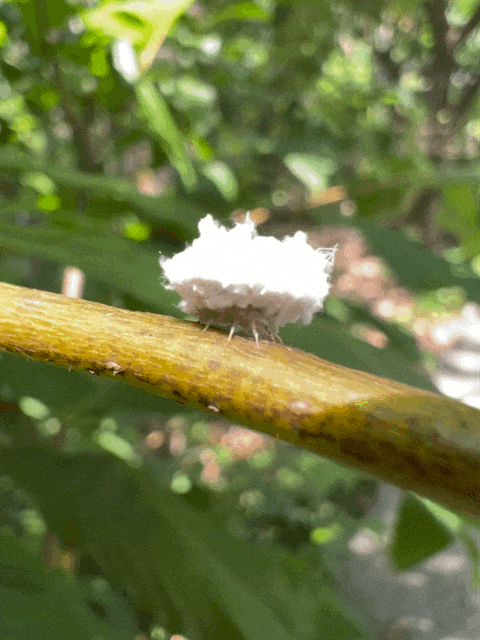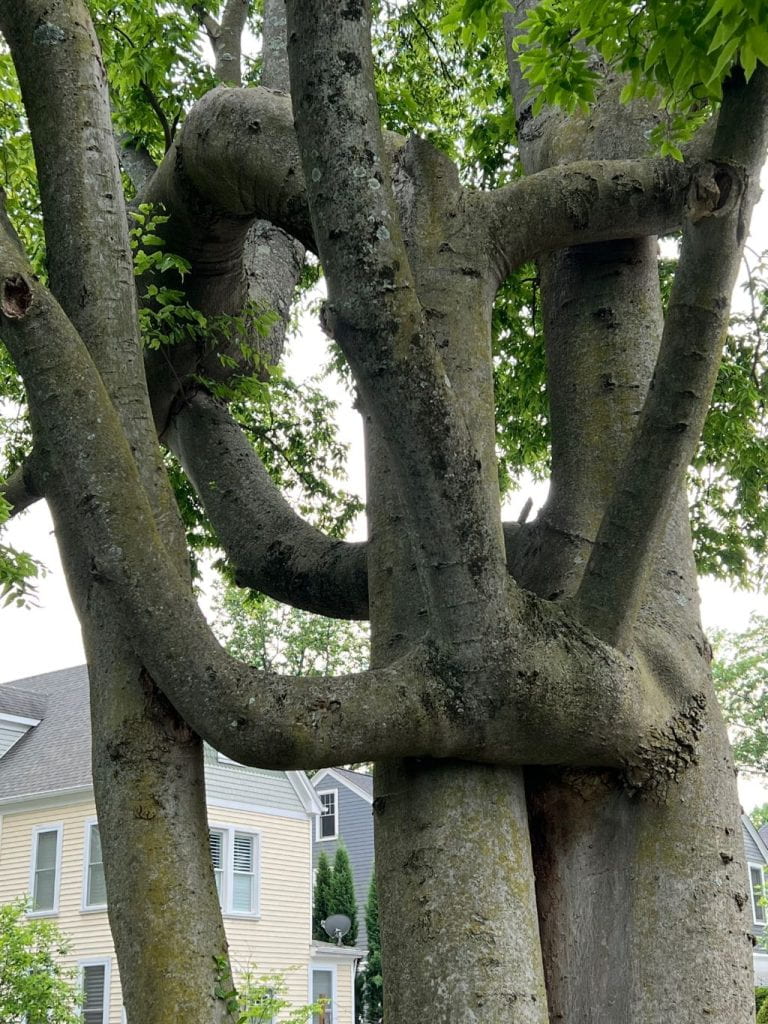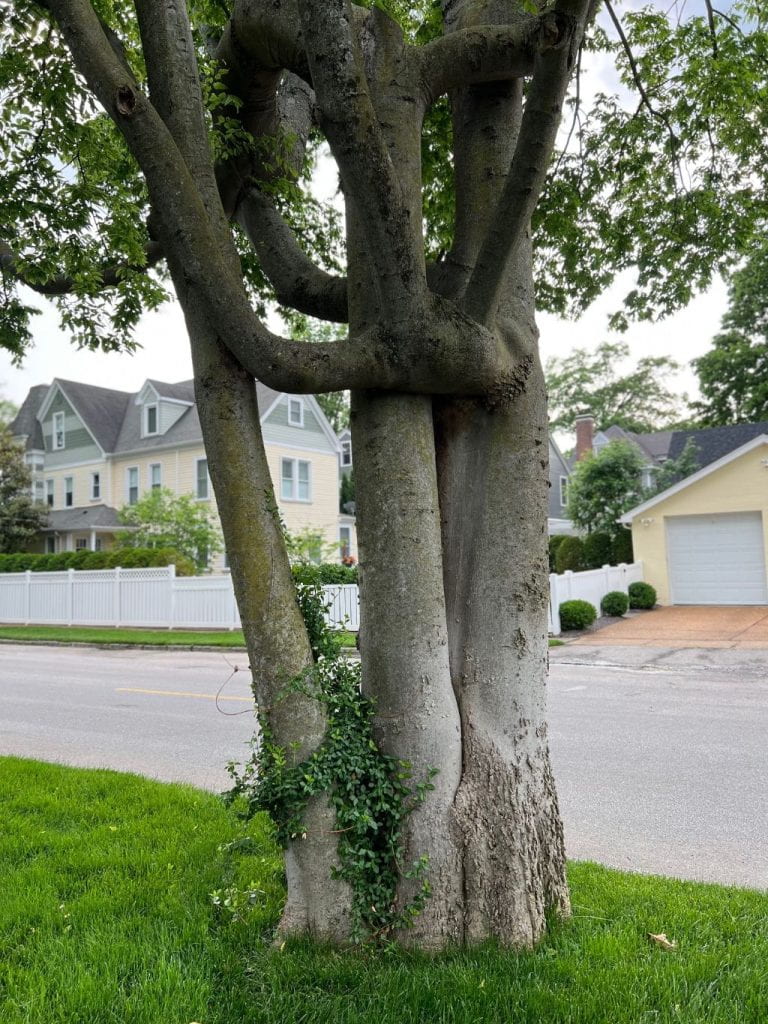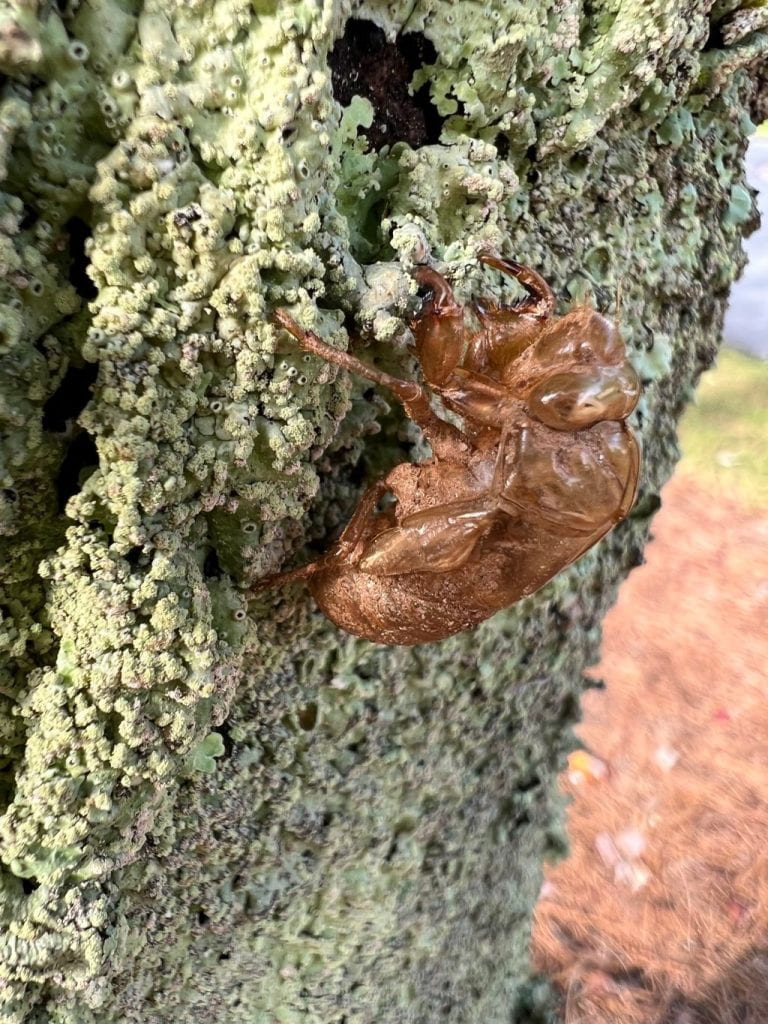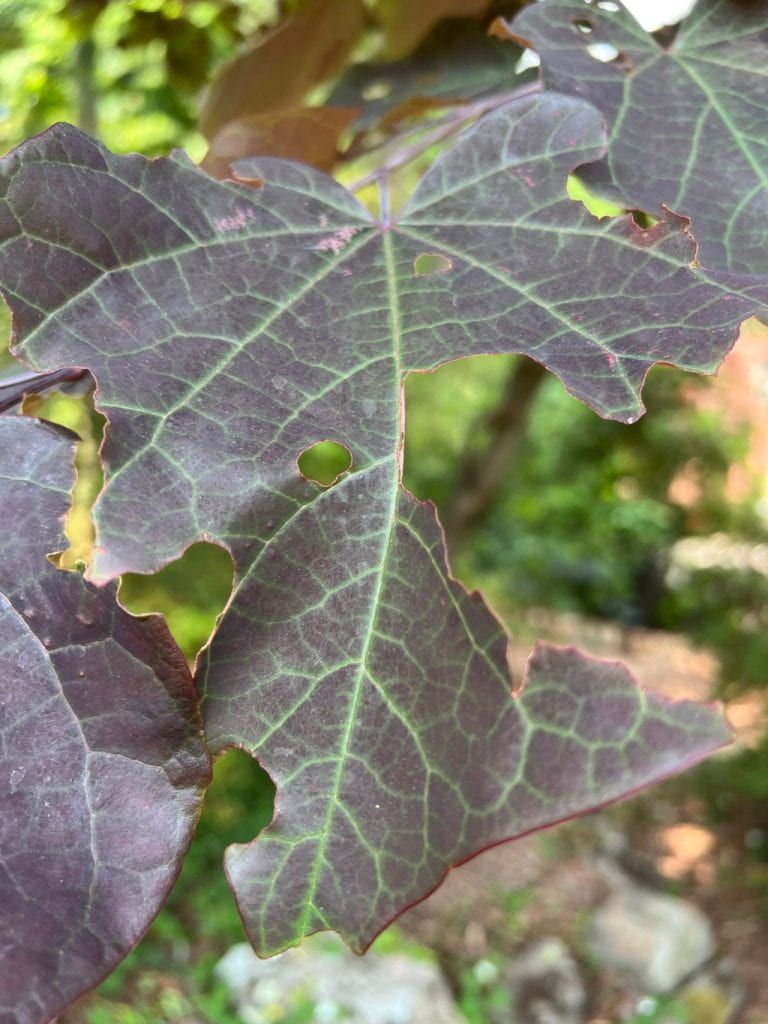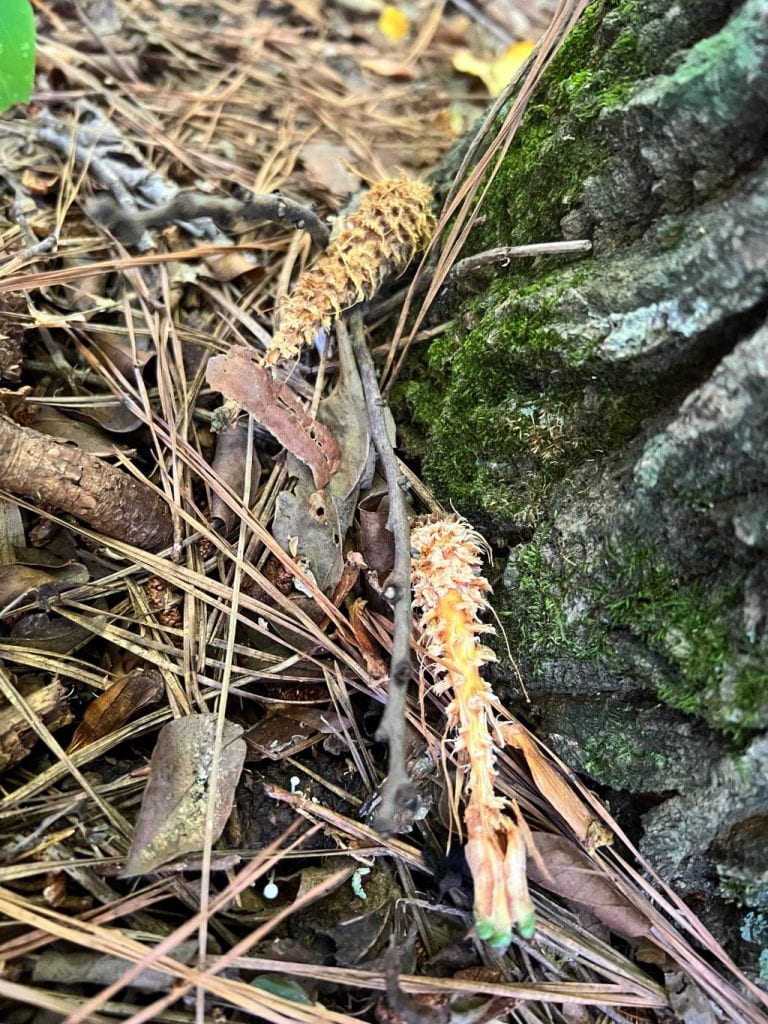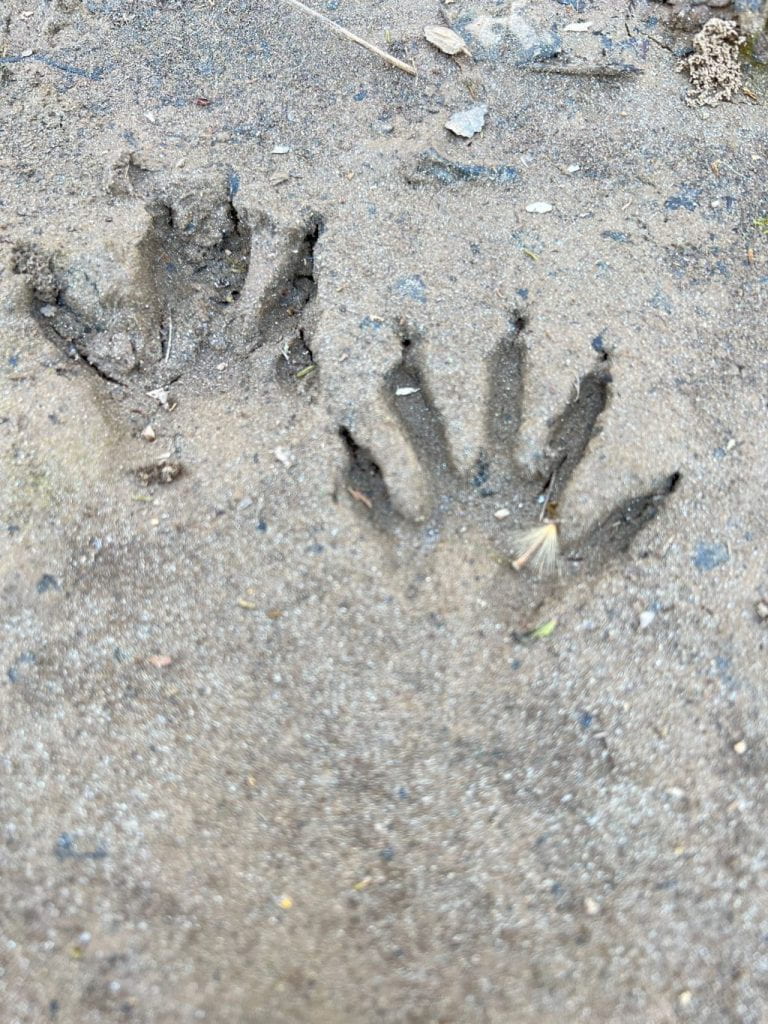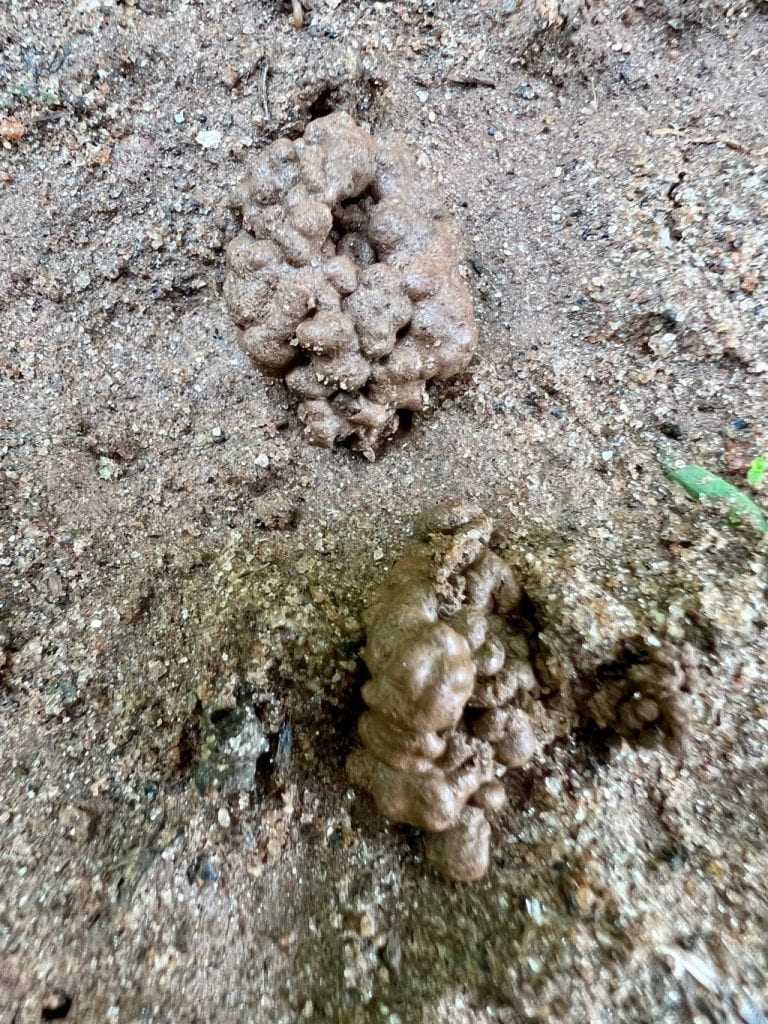Green
Green is often the first color associated with summer. Don’t miss the variety of warm and cool hues. A warm green is closer to yellow, while a cool green approaches blue.
Give your child yellow and blue paint to mix and watch the science happen. Green is a secondary color because it is created from two primary colors. Add white to lighten (tint) the greens or a touch of black to darken them (shade). Red is across the color wheel from green and is therefore its complementary color. Mixed together they neutralize each other and create brown.
Go here to take a peek inside the book, Green, by Seeger.
The green pigment inside leaves is chlorophyll. Rub a leaf onto paper to see the pigment.
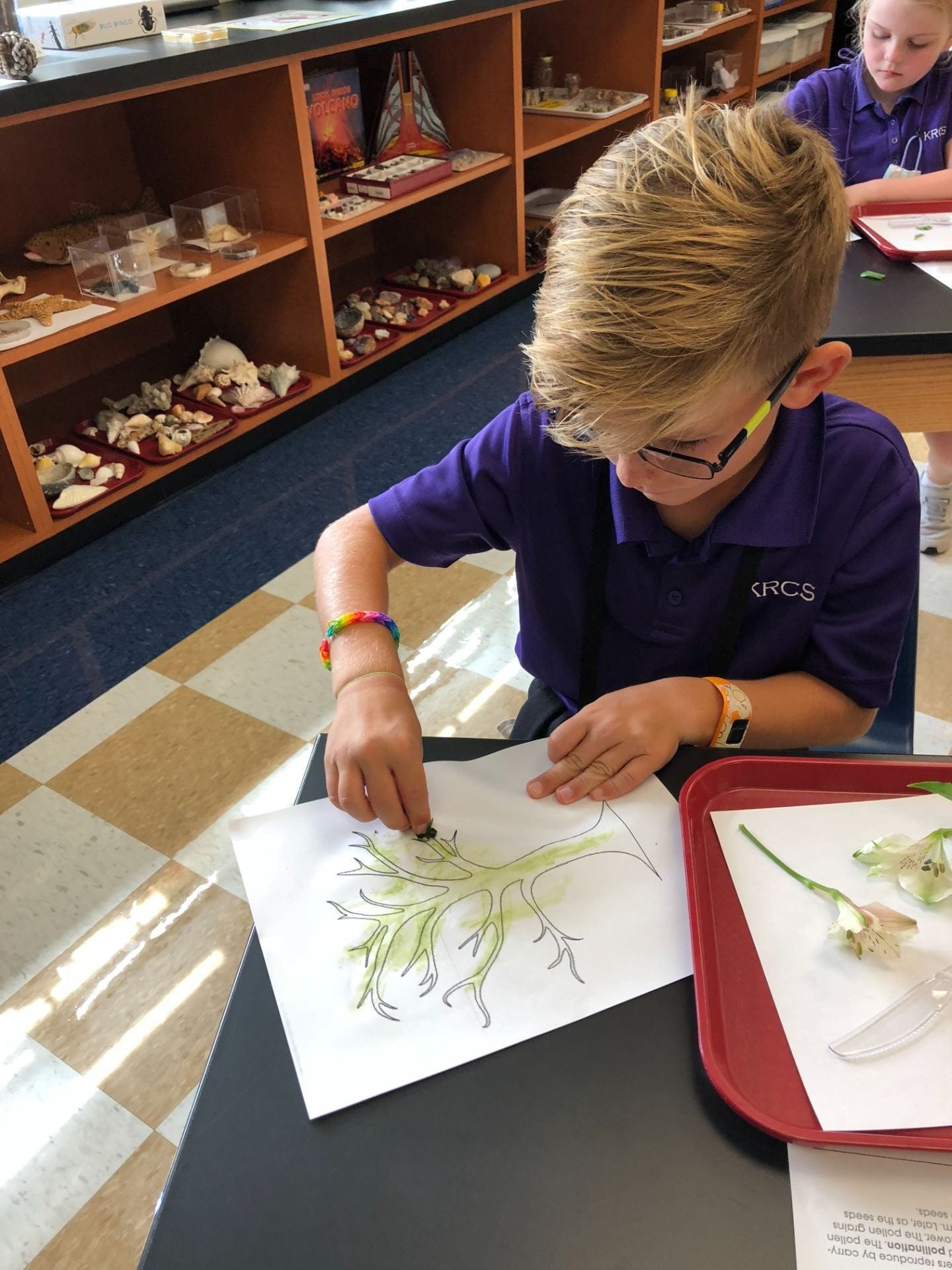
Test for the pigments inside leaves with chromatography.
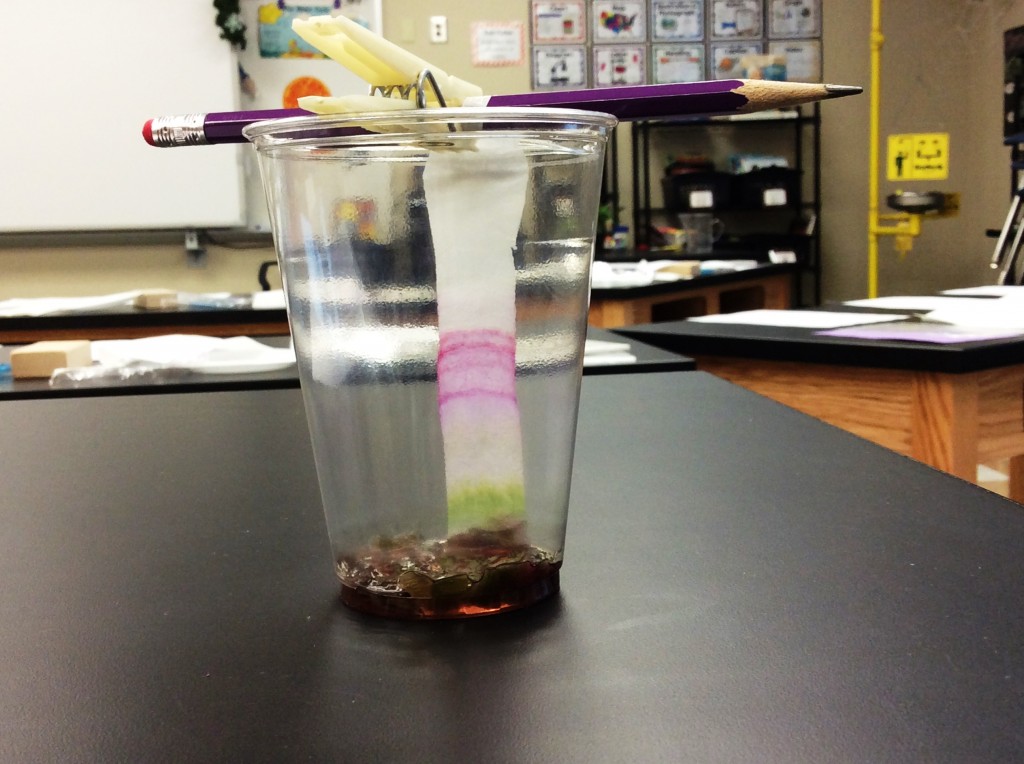
Highlight green with a green day celebration! Have your children wear green and eat green food. Then go on a scavenger hunt to search for green living and nonliving things. How many different items can you find? Play I Spy with green items to develop vocabulary skills.


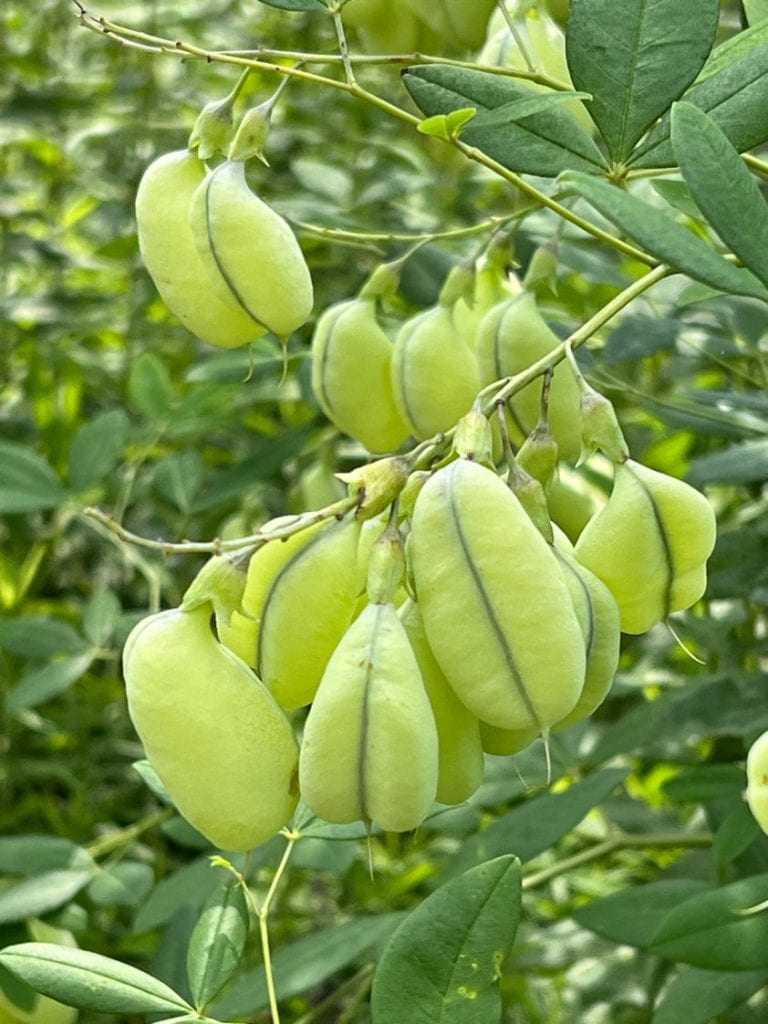
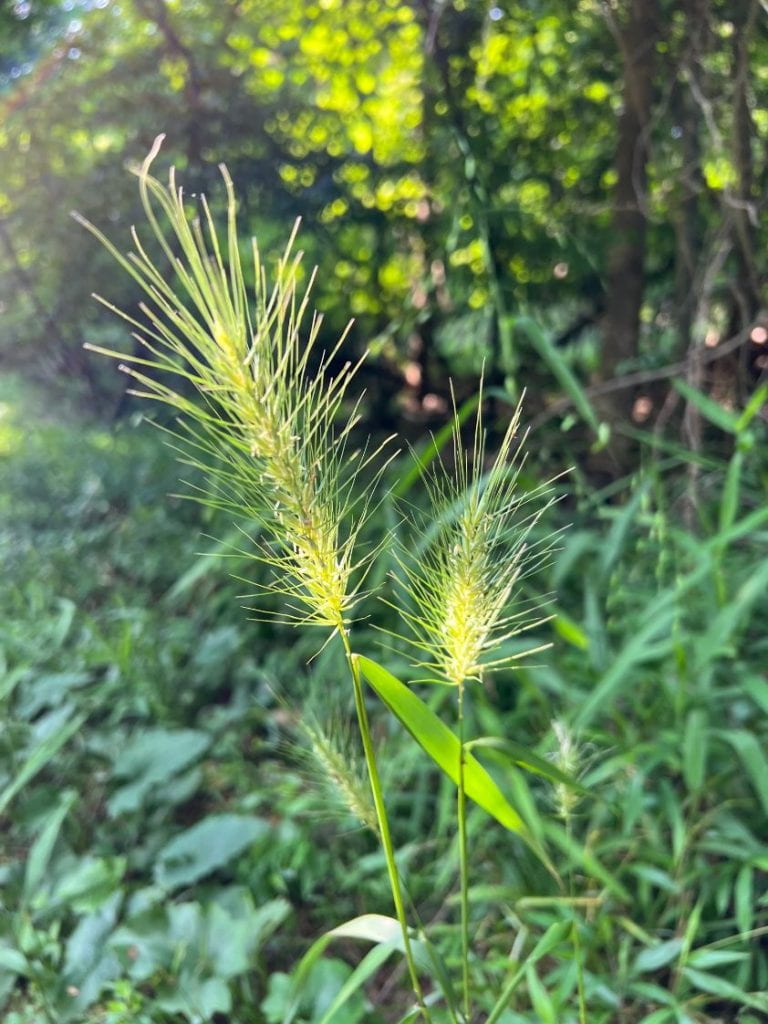
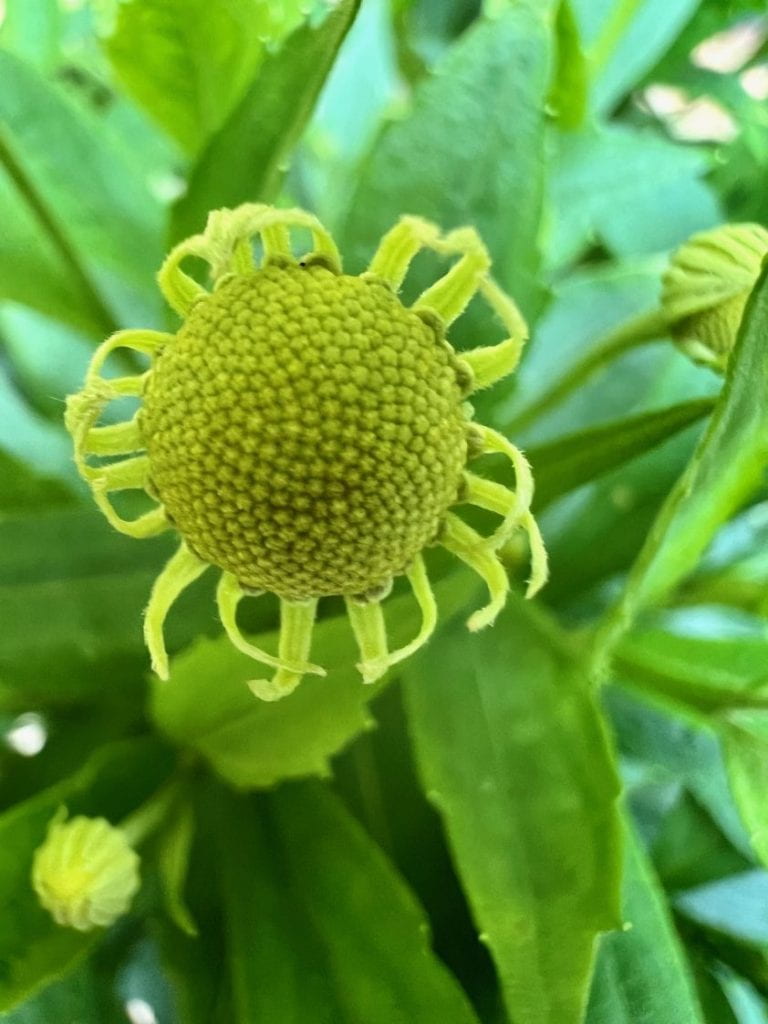

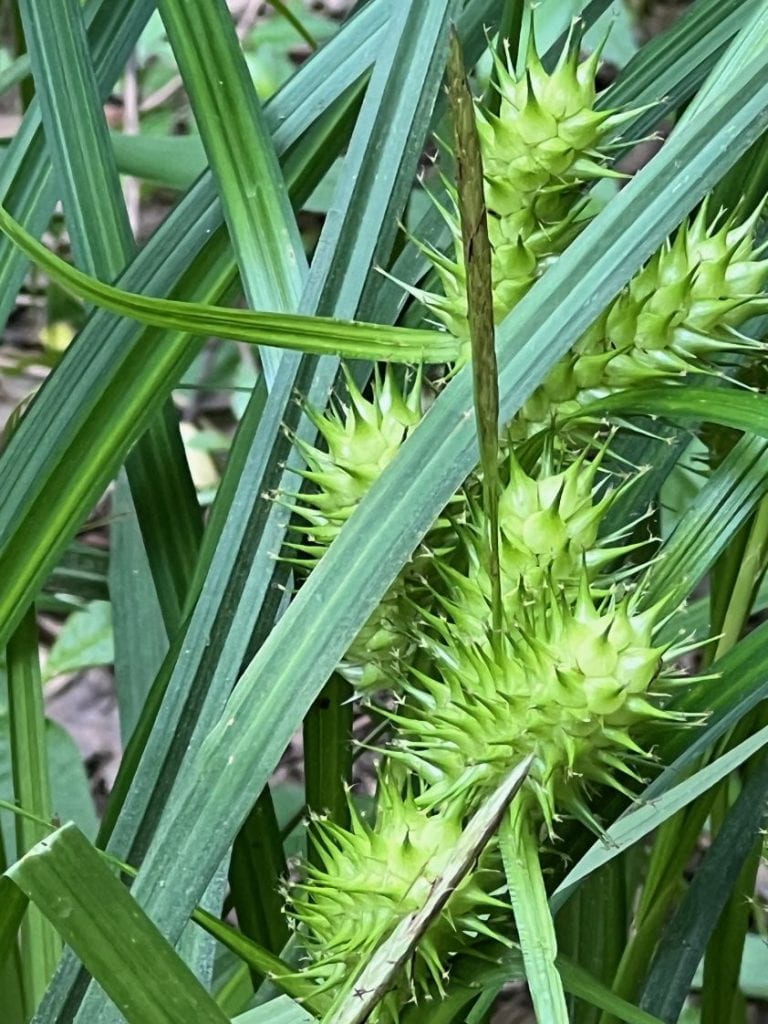

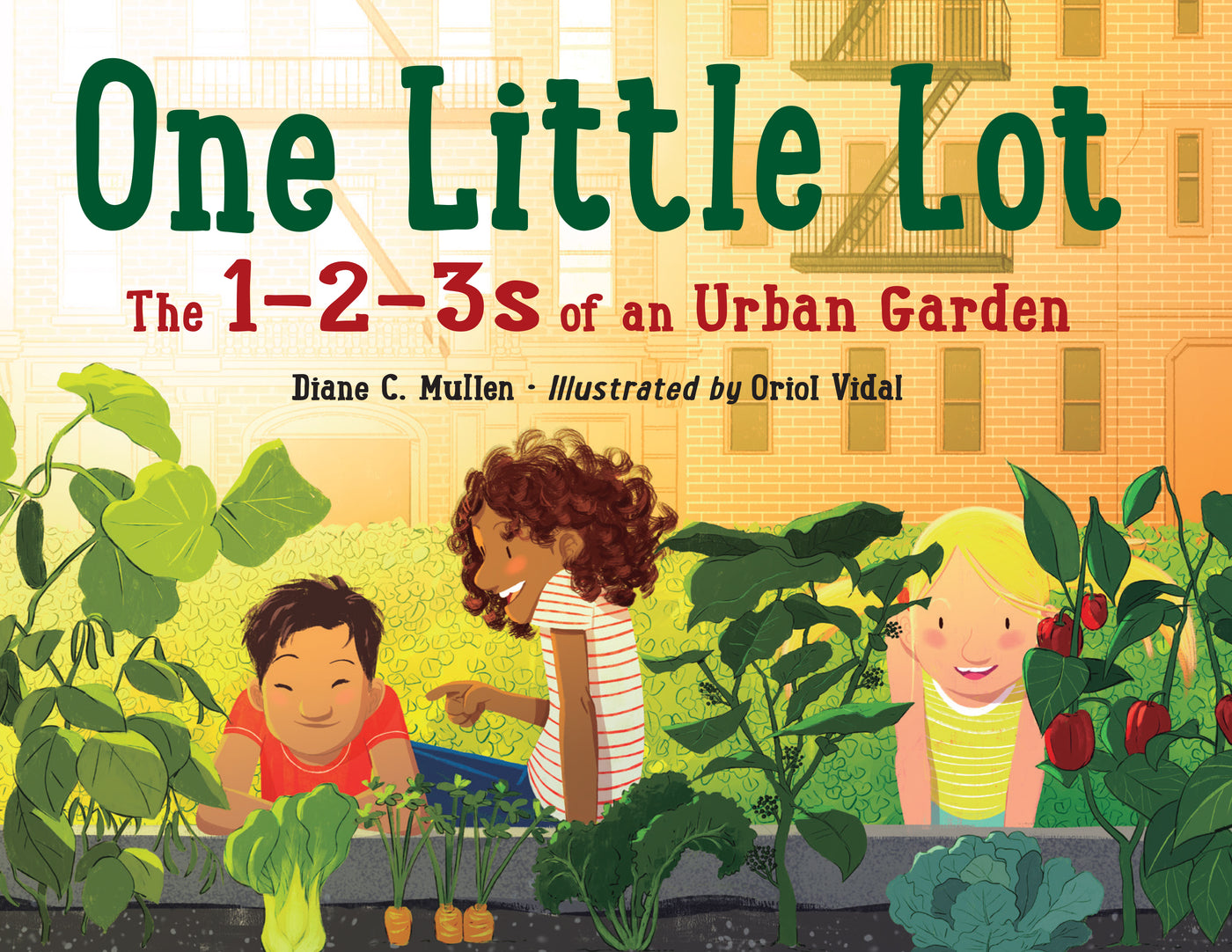

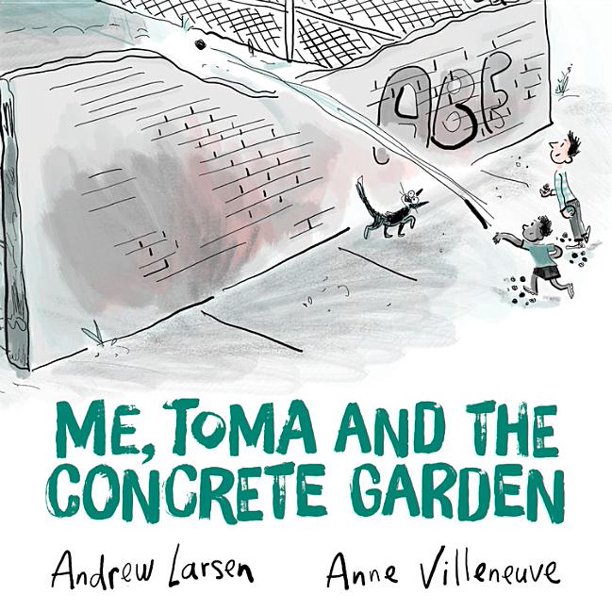


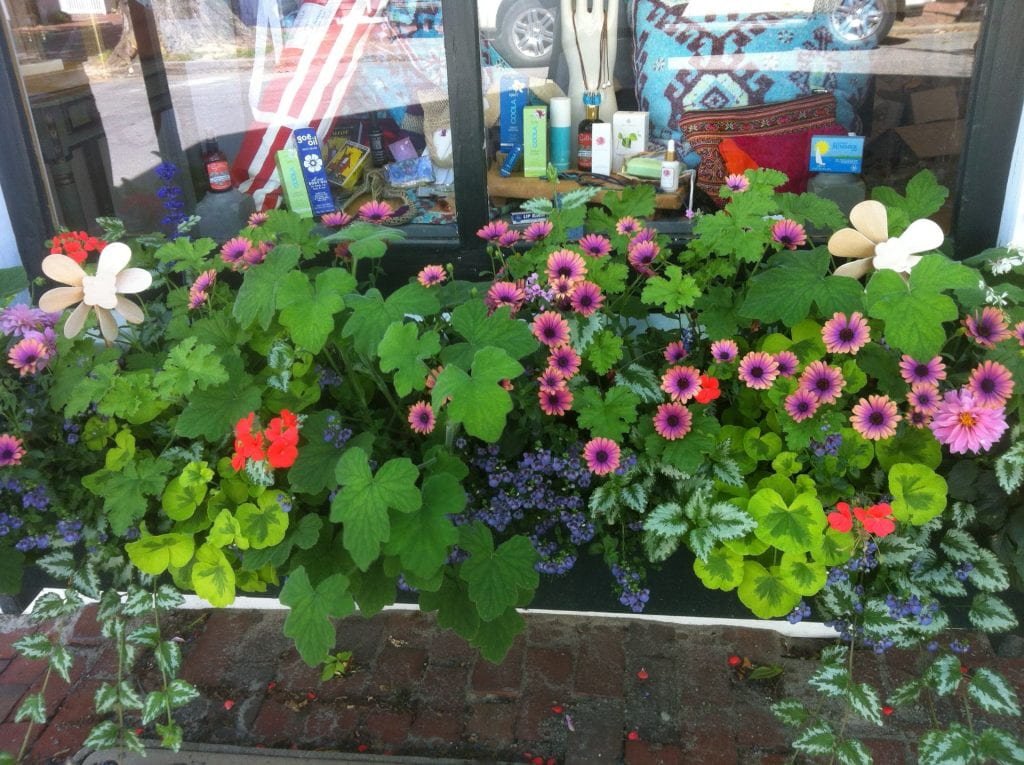
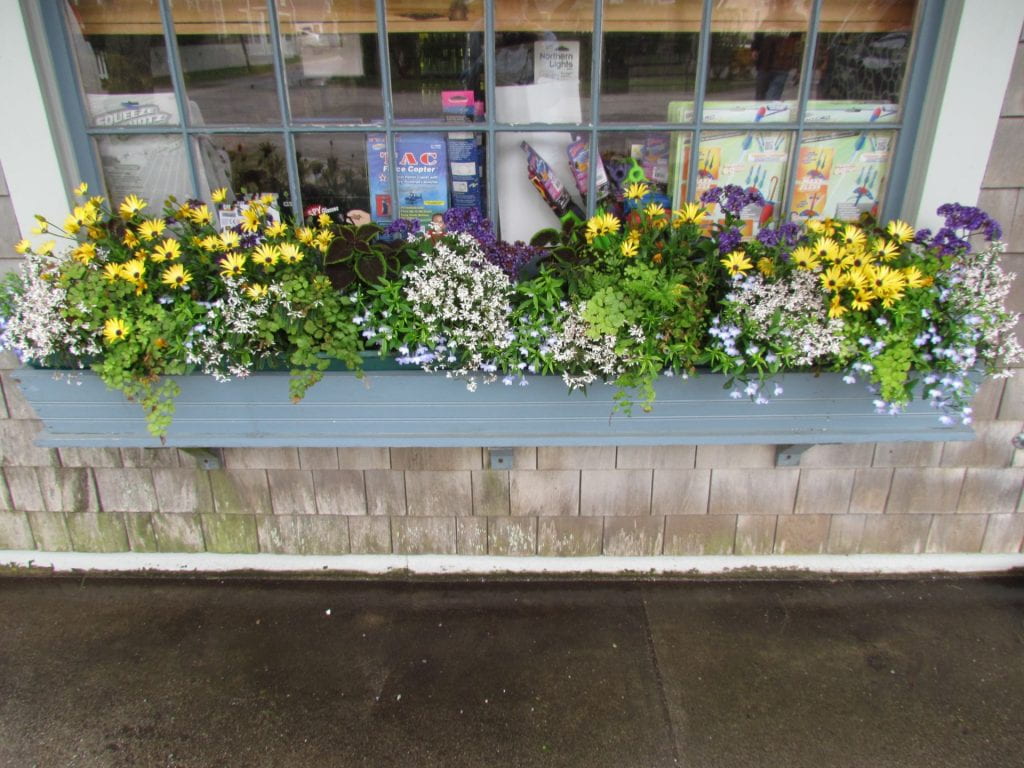
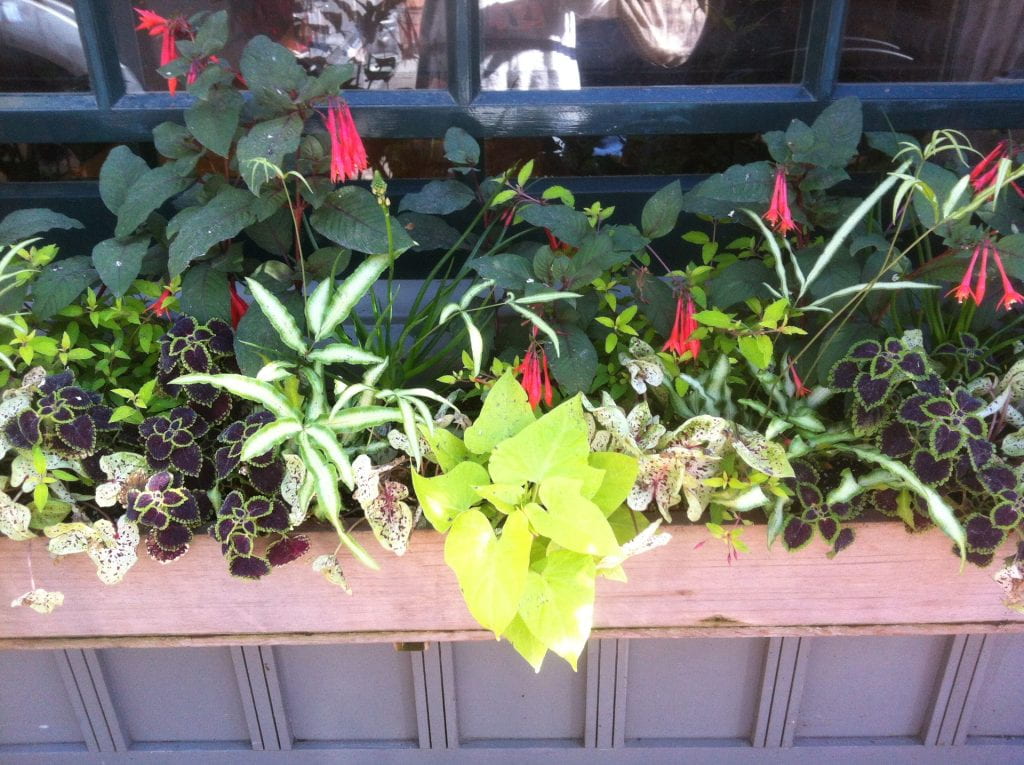
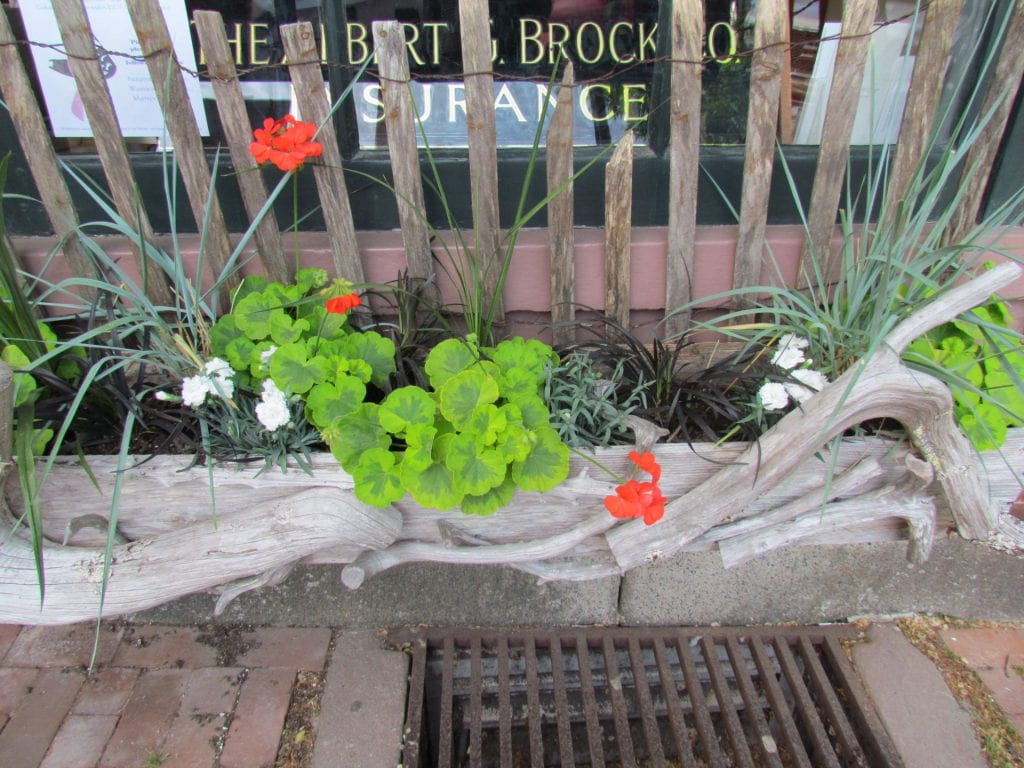
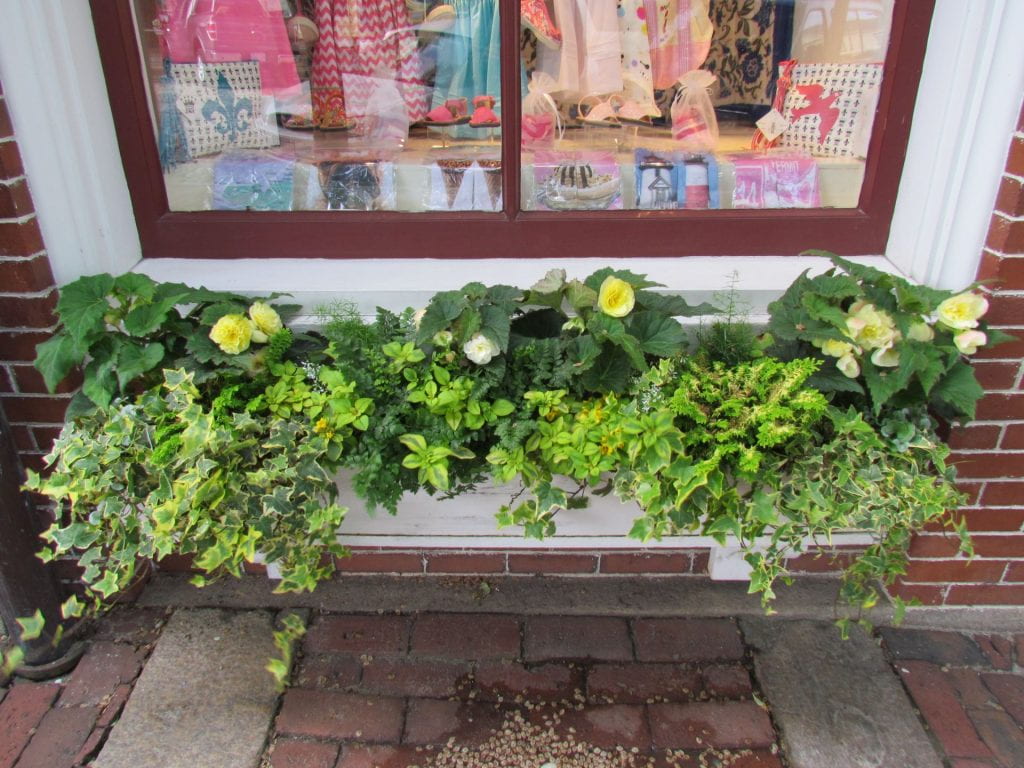
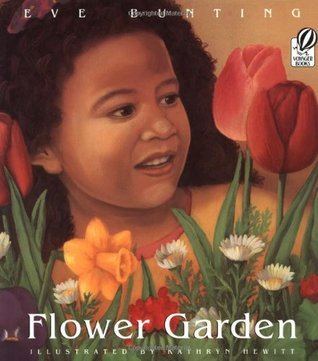

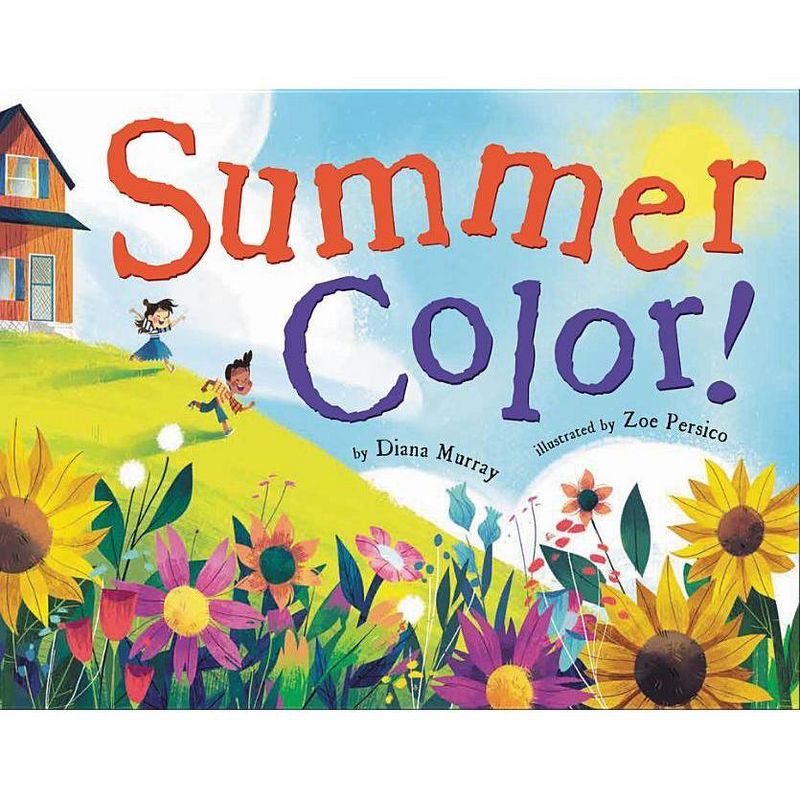 I like walking with intention and purpose. I’ve made a goal this summer to hunt for examples of each color and first up is orange. Often a color associated with fall, I was surprised at the number of orange pops in the summer landscape just waiting to be discovered. Now it’s your turn, how many orange items can you find – maybe a bird, stone, sunset, or shell? I tried to snap a photo of a chipmunk, but it was too fast!
I like walking with intention and purpose. I’ve made a goal this summer to hunt for examples of each color and first up is orange. Often a color associated with fall, I was surprised at the number of orange pops in the summer landscape just waiting to be discovered. Now it’s your turn, how many orange items can you find – maybe a bird, stone, sunset, or shell? I tried to snap a photo of a chipmunk, but it was too fast!








